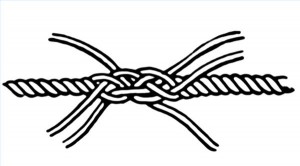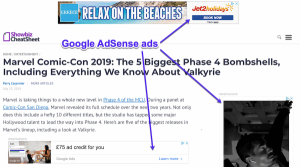
Infographics are everywhere and it seems that articles disparaging infographics are also popping up everywhere too.
There are a lot of poor quality infographics out there, but that doesn’t mean we should write off the whole idea. When an infographic is done well, they are informative and valuable, helping a reader to understand complex ideas in an easy to understand way.
Here are some reasons why a good infographic is a great idea when it comes to your marketing strategy.
Complex facts and figures are better processed in a visual format.
Visual aids help people to understand large numbers and complex pieces of information. Instead of having complicated charts with lots of exposition about which bits are important, you’re more likely to get people’s attention if you have broken this down and given it to the reader in an easy-to-understand format.
Infographics are shareable and linkable.
Many people respond better to visual information than the written word. Photos and images get shared on Facebook a lot more than simple text.
An infographic is simply tapping into this, helping to boost your posts and giving actual measurable results.
In addition, an infographic is content that is evergreen, meaning that not only is it shareable today, but it’s shareable for a lot longer than that. People might still be sharing it months after you first posted it.
Infographics get noticed in difficult markets.
It can be difficult to get noticed in complex markets, or in industries that people just don’t think are that exciting. However, a well-written and researched infographic in any field will immediately come to the attention of bloggers and journalists in this market. It’s a great way to get a foot in the door.
So how do you make a high-quality infographic?
- Objectives – Work out exactly what you want the infographic to achieve. Brainstorm with your team.
- Research the client – Make sure that you understand the client’s goals and how they are unique.
- Outline the assets – Set a budget, timescales, and work out what the success metrics will be. How many shares? How many clicks?
- Brainstorm topics – Come up with three workable ideas minimum. Think about the audience and what they want to know.
- Test the waters – Ask some of your network questions based on your topics. Which ones are getting traction?
- Calculate your methods – Before you run headlong into your infographic, are you sure it’s the best way to get the point you are trying to make across? There are plenty of linkbait techniques without always reaching for the infographic.
- Develop your headline – This is a great way to stop clunkers before they make it passed the idea stage.
- Review the ideas – Got a final list? Test them on people to see which one is the best.
- Build! – When you build an infographic, you don’t want to just make something that is easily replicated by your competitors. Do you research, go above and beyond to find the information for it so that your idea stands out.
- Get feedback – Once you’ve set your infographic free, make sure you keep up to date with it and monitor it for shares, links, and popularity.
(289)





